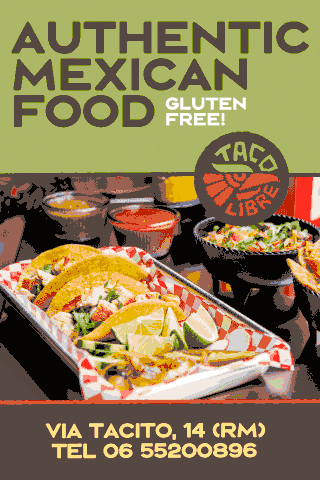Points of view.
As we raised our glasses high, nonnos words sang out over the dining table, Salut per chinto anno, his deep, rich voice as hardy and pure as the red wine he held in his glass. Good luck, for a 100 years, his dinner guests echoed back. I remember how my grandfathers face beamed with pride at these joyous occasions and how our meal never began until each family member had repeated the traditional dinner toast and sipped from our small glasses of red wine.
Wine was always a part of our family meals. And, like most Italian-American children, I was introduced to its flavour, as well as its medicinal benefits, at an early age. As family milestones occurred baptisms, confirmations, birthdays, graduations and marriages another bottle of my grandpas home-made red wine was uncorked. Bottles were also poured on Sundays and on all national holidays. There was always cause for celebration in my grandfathers house. Grandpa believed that wine, in moderation, was a good thing. His opinion was later confirmed by a scientific study published in the United States Journal of Biological Chemistry in 1998. In the report, a team of researchers from Cornell University suggested that trans-reservatrol, a natural substance found in high concentration in red wine, could reduce the pain of arthritis.
But this is only one of the benefits of red wine. Nonna often put its benefits to good use as a medicinal cure. It was administered in moderation as a remedy for arthritis and to purify the blood, cure anaemia, alleviate stomach cramps and prevent infection. During world war two, when cases of trench mouth and whooping cough reached epidemic levels in the United States, nonna administered the rich red wine to each grandchild as a preventative mouthwash and gargle. Wine was also used as a remedy for cold sores and skin infections. Grandma poured a little wine into a saucer and let it stand covered overnight. In the morning, she dabbed it on the sore.
As a teenager, I recall the looks of astonishment on the faces of my non-Italian friends as they watched pap fill my dinner glass with wine. To those who objected, pap just like his father would simply say: Wine is served in church at the communion rail, isnt it? And it was served at the Last Supper. End of discussion.
October has always been my favourite time of the year, when the air is brisk and leaves turn a vibrant rainbow of colours. Pap looked forward to this autumn month, too, but for a different reason. October is the traditional time of year for winemaking. It is the transition month between summer and fall, a time when pap gathered his paraphernalia and ingredients for the making of his hearty red wine. Winemakers on the east coast had to wait for good winemaking grapes like Malaga and Zinfandel to come in by rail car from California. But Santa Clara Valley winemakers, like pap, were lucky enough to have the plentiful grapes of the Napa and Almaden valleys practically in their backyards. They only had to drive in their pickups to local vineyards to buy boxes of the finest grapes. Some old-timers nurtured their own tiny grape vineyards for the express purpose of making their own red wine.
Devoted winemakers usually owned their own grape-crushers, while others rented or borrowed one each fall. After the crush was finished, the juice was poured by funnel into huge oak barrels, which had been cured with sulphur smoke. Here is where the talent for good winemaking would come in. One mistake and the winemakers barrels would be filled with vinegar instead of wine. But most winemakers had inherited their skills from the old country and rarely made a bad batch. My favourite memory of winemaking was how the family gathered together at the ranch house to help pap make the wine. The hub of activity was usually in grandmas kitchen, where the ladies were hard at work making pasta, sausages and ravioli, in preparation for a grand October feast. The aroma of roasted bell peppers wafted through the air from grandmas hot oven, filling our nostrils with its wonderful pungent smell. In the fall, the men in the family gathered in the cellar to cure the wine barrels and to help father set up his winepress. Some of the men helped him haul in the grapes; others set up the grape-crusher and some others cured the oak barrels.
As a child, I remember hearing nonno and nonna speak of the renowned vineyards of Brolio Castle, the baronial estate of the Ricasoli family, an area famed for its Chianti wine. It was this revered standard of Chianti that father tried his best to clone.
Drink no longer water, but use a little wine for thy stomachs sake, advised St Paul in the Bible. Wine has been around for thousands of years. Its benefits have been passed down from generation to generation. But only recently, thanks to modern medicine, do we now have scientific proof that wine can aid digestion and wipe out bacteria better than bismuth salicylate (Pepto Bismol).
But all of this wouldnt be any news to Grandma Isolina and Grandpa Antonio, who lived well into their 90s, enjoying a daily glass of paps red wine.
















